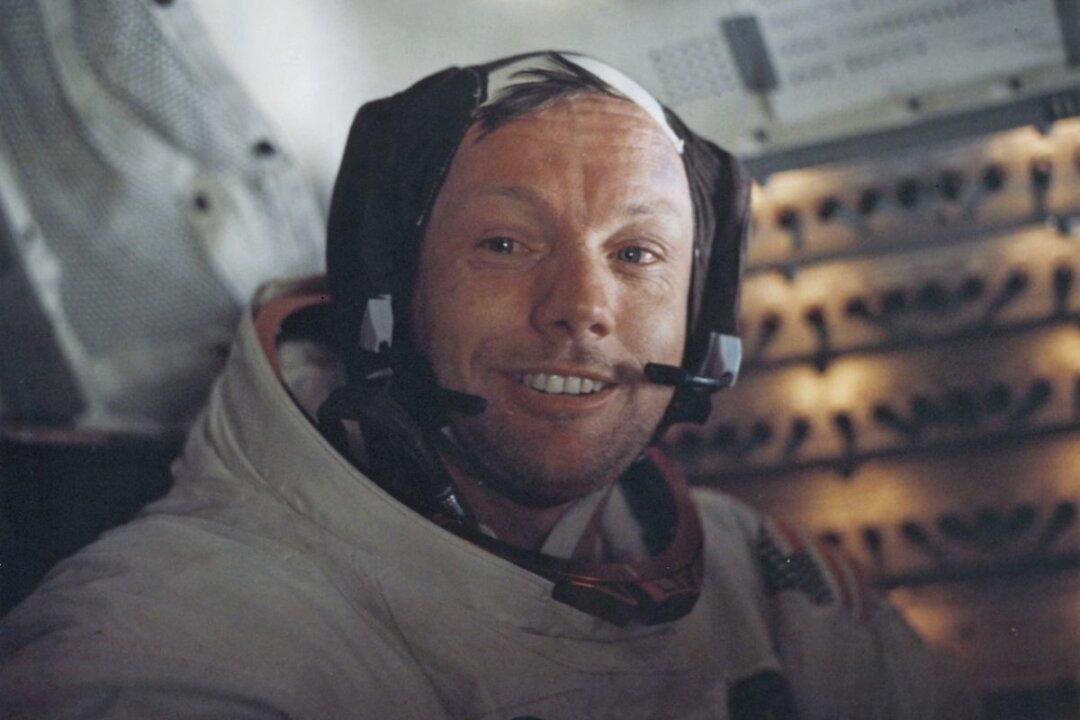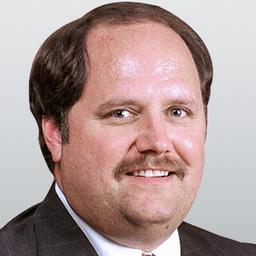Commentary
I was 11 years old when Neil Armstrong set foot on the moon. I remember my parents calling me in from the backyard to watch history being made on our black and white Zenith television set.


I was 11 years old when Neil Armstrong set foot on the moon. I remember my parents calling me in from the backyard to watch history being made on our black and white Zenith television set.